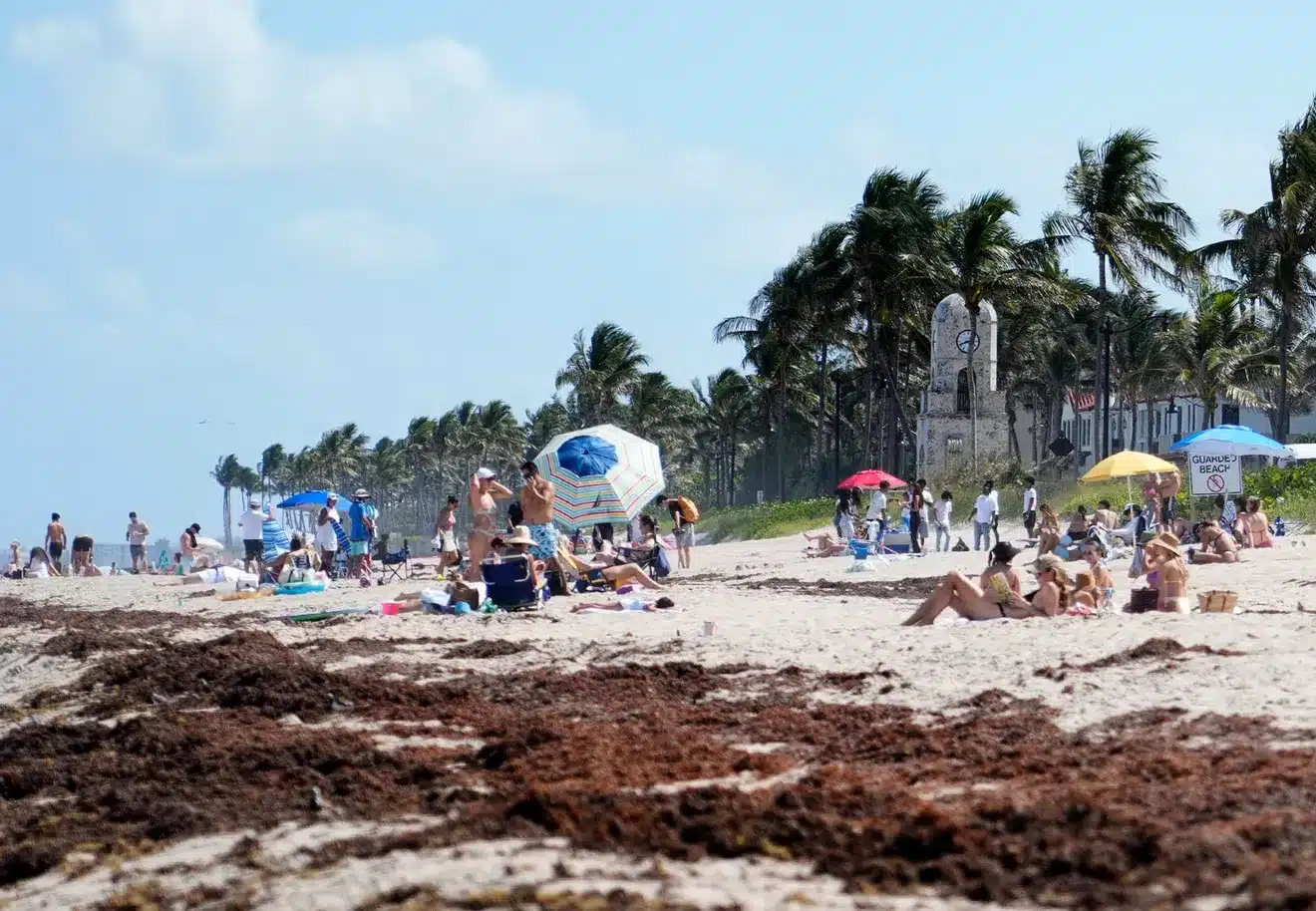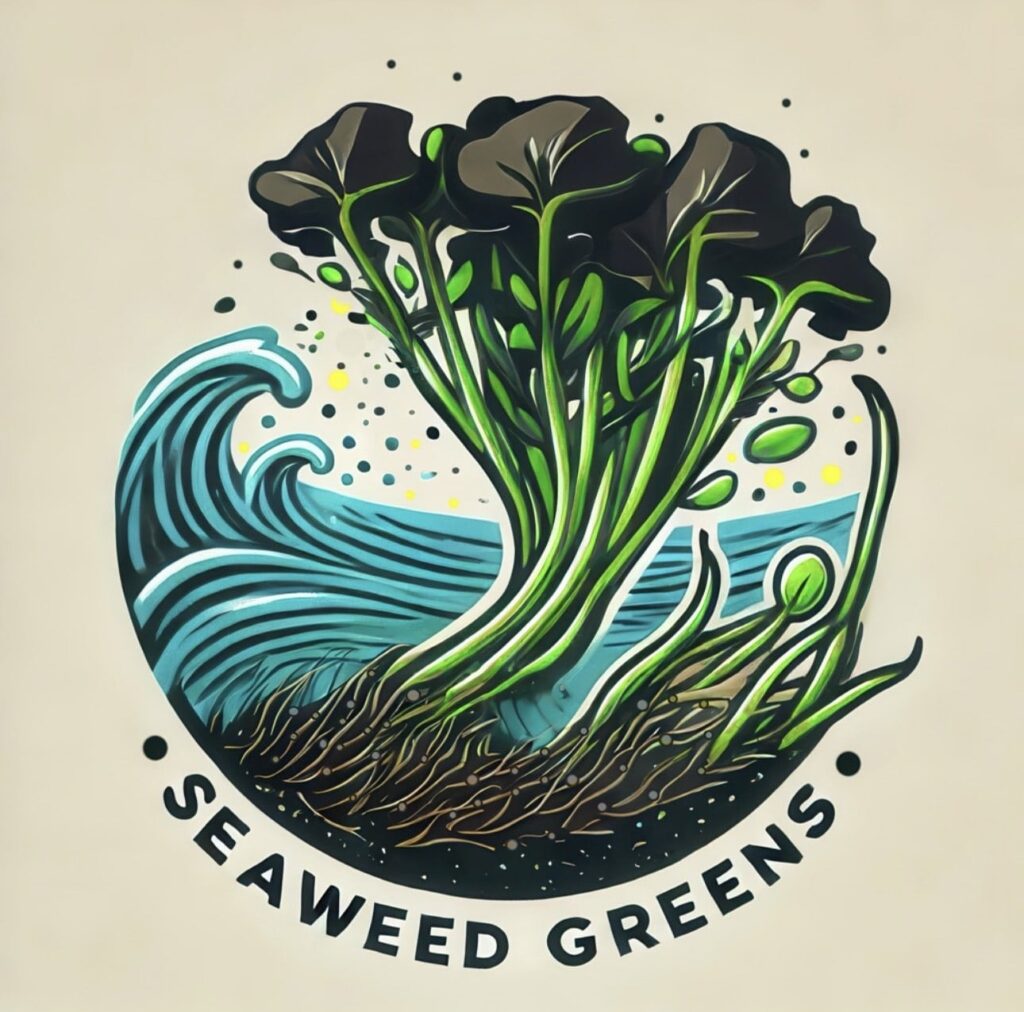Kim Frisbie
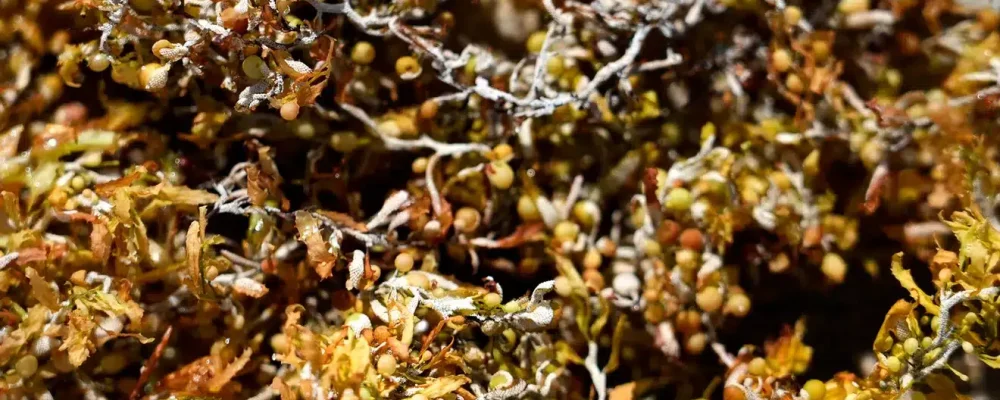
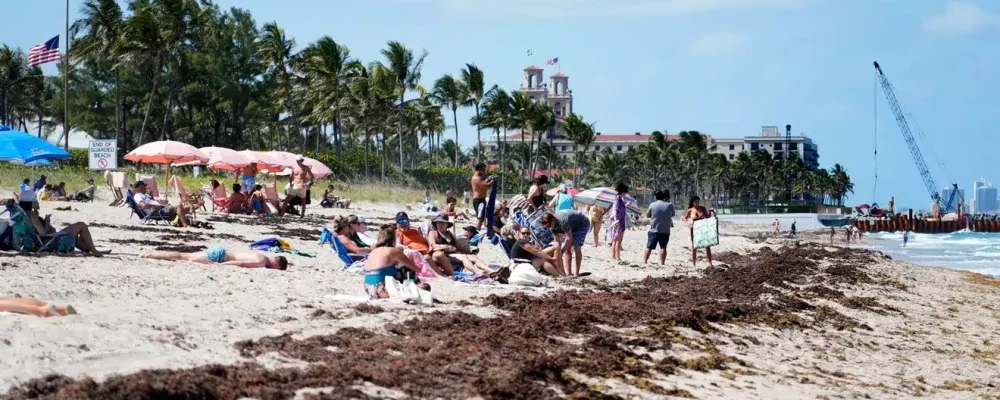
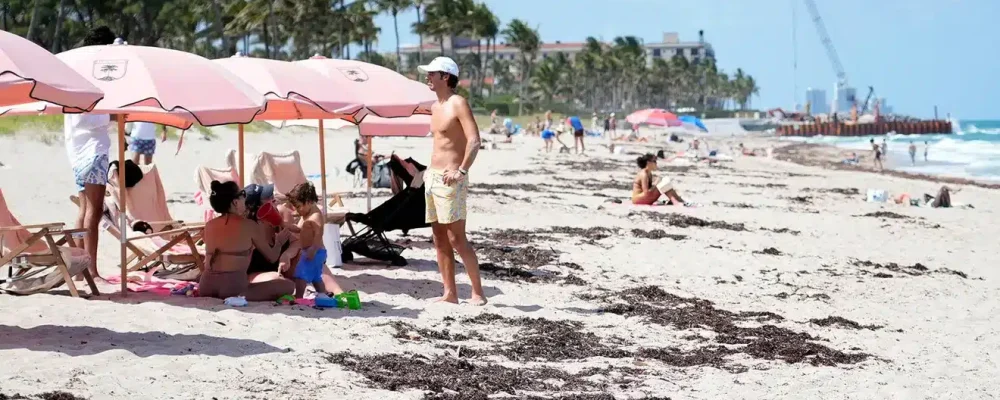
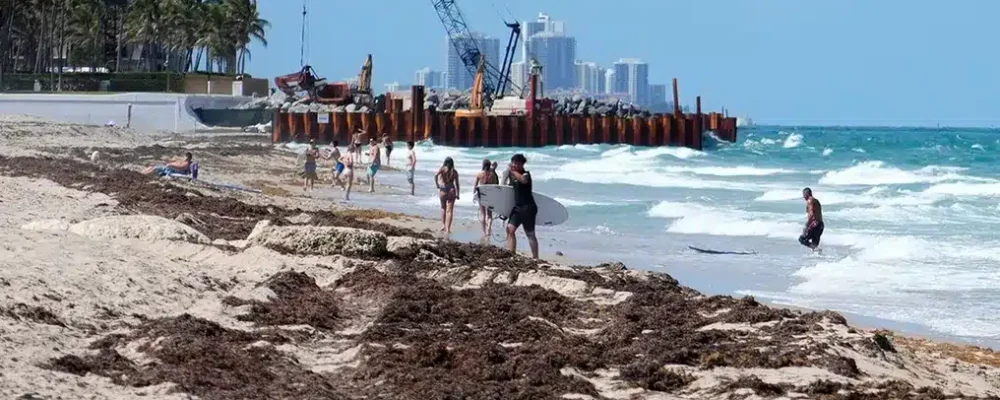
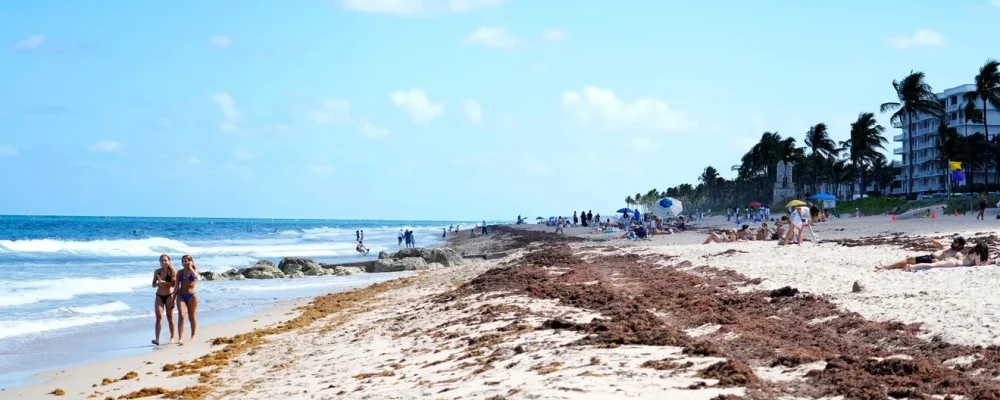
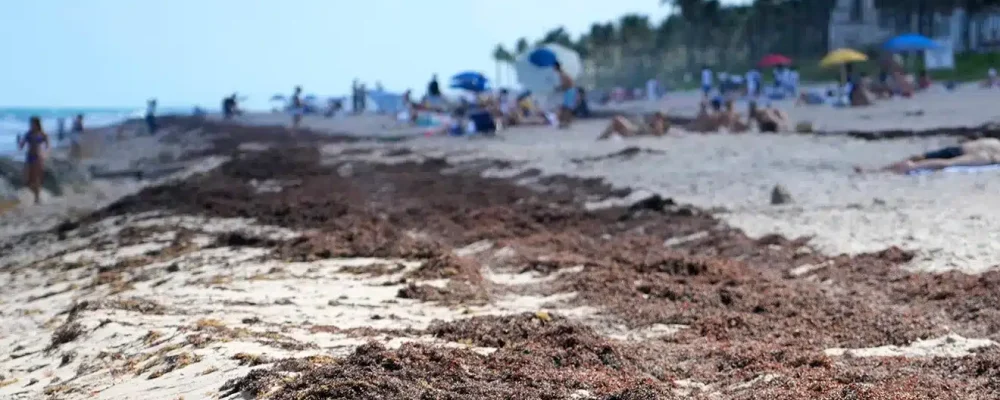
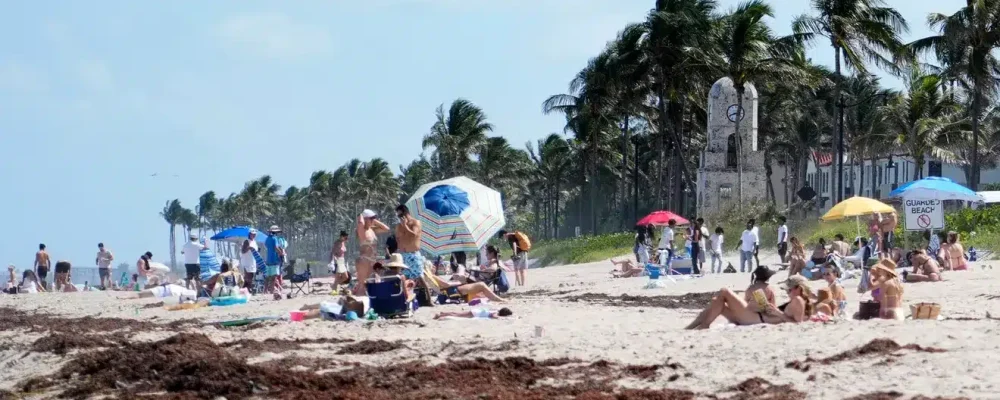
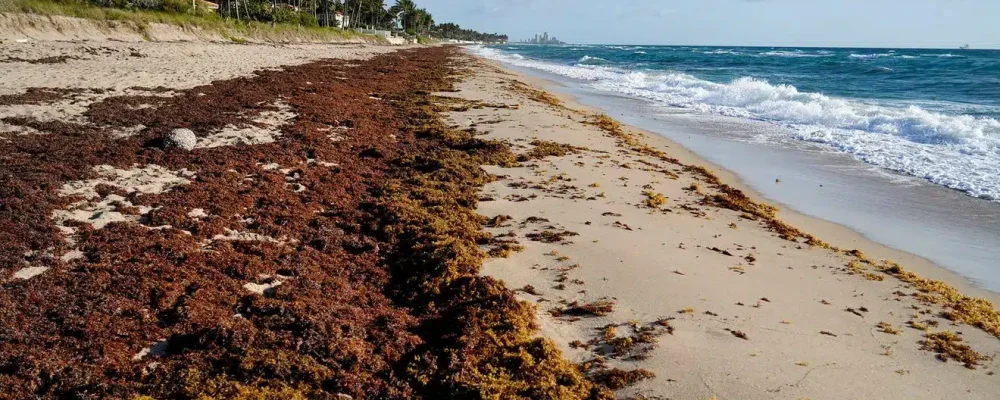
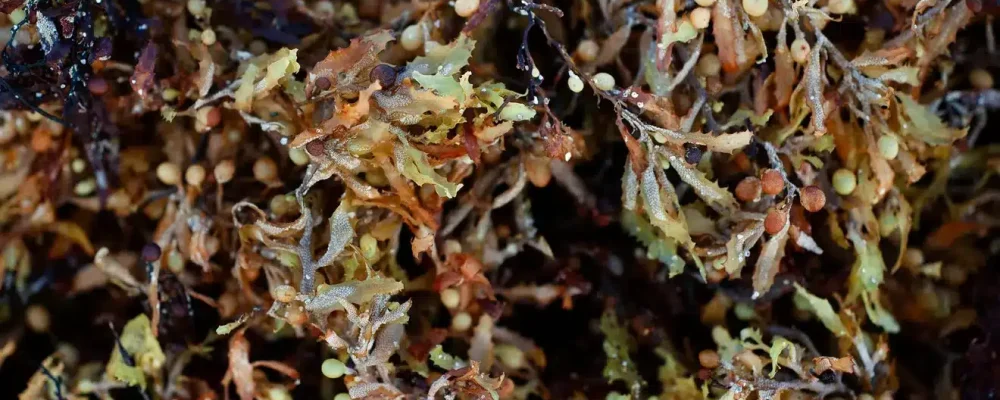
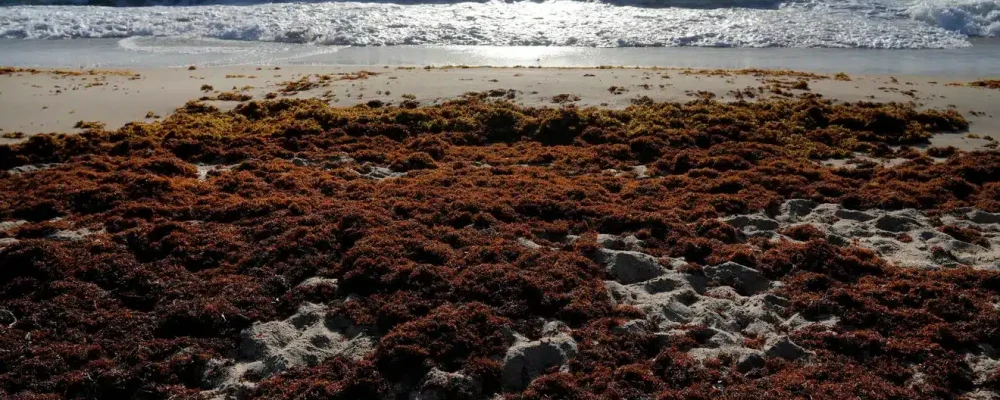
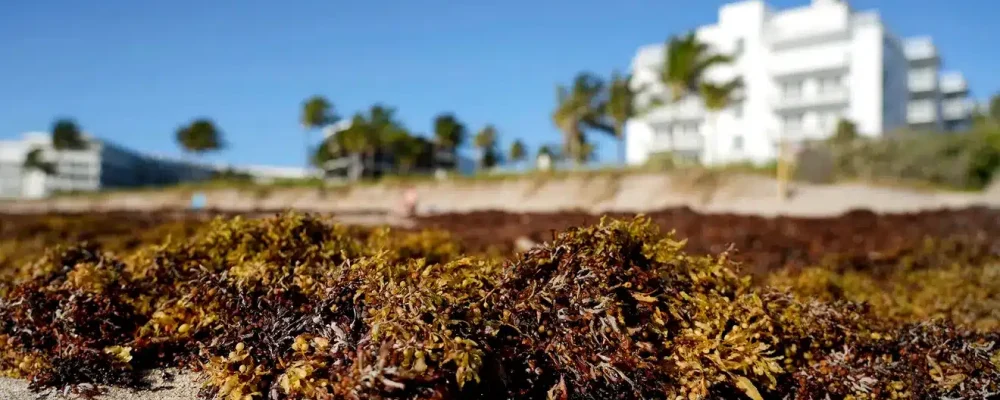
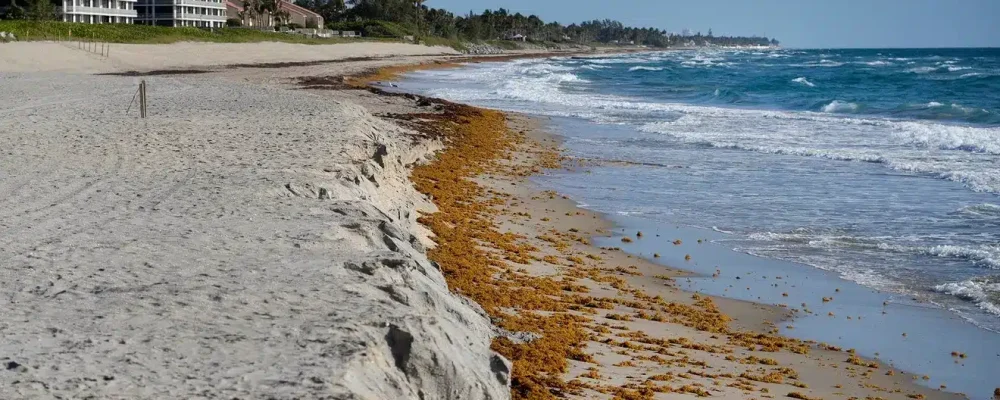
The Great Atlantic Sargassum Belt, a thick mass of leafy, floating seaweed stretching across 5,000 miles of ocean, is forecast to be a nuisance of record-breaking proportions this year.
In May, scientists at the University of South Florida observed more than 37 million metric tons of sargassum in the Caribbean Sea, Atlantic Ocean, and Gulf of Mexico, and it’s coming our way, already washing ashore on Caribbean and U.S. beaches, including Palm Beach.
Sargassum contains high levels of arsenic and heavy metals, organic contaminants and marine debris, all environmental health hazards. When it dries, it releases hydrogen sulfide, a gas that smells like rotten eggs and which can cause respiratory problems. Now, finally, a West Palm Beach company has discovered how to remove these pollutants and turn sargassum into high quality organic fertilizer and other environmentally regenerative products.
